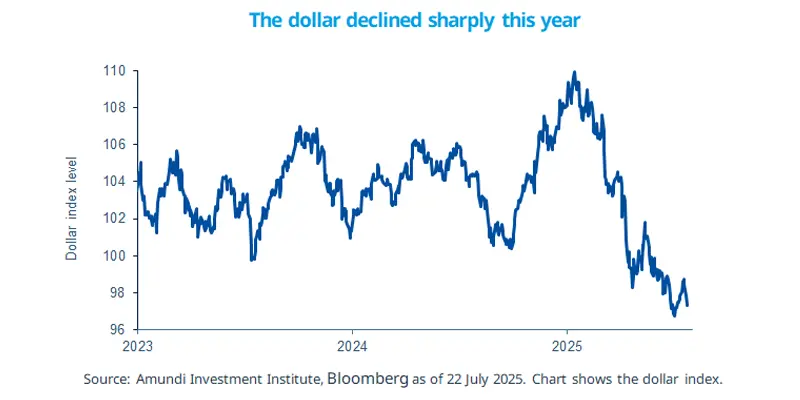You are entering this website as an “accredited investor”. It is important that you read this page before proceeding further.
This website is provided by Amundi Canada Inc. (“Amundi Canada”). Amundi Canada is registered under NRD number 27710 as: (1) a portfolio manager in the provinces of Alberta, British Columbia, Nova Scotia, Ontario and Québec; (2) an exempt market dealer in Alberta, British Columbia, Manitoba, New Brunswick, Newfoundland and Labrador, Nova Scotia, Ontario, Prince Edward Island, Québec and Saskatchewan; and (3) an investment fund manager in Ontario and Québec. Its head office is located at 2000 McGill College Avenue, Suite 1920, Montreal (Québec), H3A 3H3.
You are connecting to this site as an “accredited investor”, as defined in National Instrument 45-106 Prospectus Exemptions, and you are either residing in Canada or you are accessing the website from Canada. If you are not an “accredited investor”, we invite you to leave this website. Furthermore, if you are from a country with a dedicated “Amundi” website which is not this website, you are invited to access the site for your country.
More particularly, this site is NOT intended for citizens or residents of the United States of America or “U.S. Persons”, as defined in “Regulation S” of the Securities and Exchange Commission under the U.S. Securities Act of 1933. The investment products described on this website are not registered under U.S. federal securities laws or any other relevant U.S. state laws. Consequently, no investment product may be offered or sold directly or indirectly in the United States of America (including in U.S. territories and possessions), to or to the benefit of residents and citizens of the United States of America and to “U.S. Persons”. If you are a “US Person”, you are not authorized to access this site and you are invited to log onto amundi.com/usinvestors.
The information available on this website is provided for informational purposes only. None of information contained on this website constitutes an offer to purchase or a solicitation to sell securities, investment advice on the purchase or sale of a security, an offer or solicitation by Amundi Canada or any of its affiliates to provide investment advice or a financial, legal, fiscal or investment service or to buy or sell securities or other financial instruments. The information contained on this website originates from Amundi Canada or from sources believed by Amundi Canada to be reliable. Amundi Canada has not independently verified such information or otherwise made any related investigation. Neither Amundi Canada, nor its affiliates, partners, principals, directors, officers, agents, employees and representatives can warrant or declare, implicitly or explicitly, that the information provided herein is exact, complete or up to date. Amundi Canada disclaims all liability relating to the information on this website.
The information contained on this website is not meant to be distributed or used by any person or entity in a jurisdiction where such distribution or use would be contrary to legal or regulatory requirements, or would require that Amundi Canada or its affiliates have to satisfy registration or prospectus requirements in such jurisdiction.
The information shall not, without prior written approval of Amundi Canada, be copied, reproduced, modified, or distributed, to any third person or entity in any country.
Investment involves risk. Past performances do not guarantee or indication of future returns. The value of an investment in any security or financial product may fluctuate due, namely, to market conditions, forecasts on the economy, stock market, bond market or economic trends.


